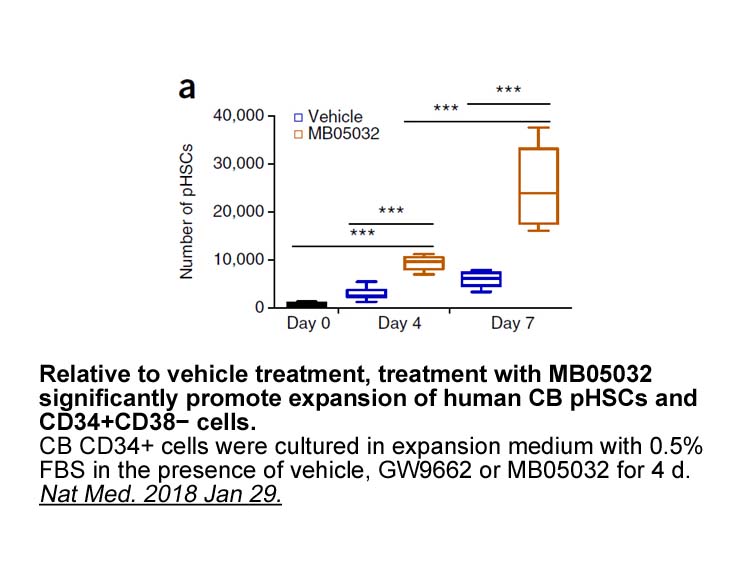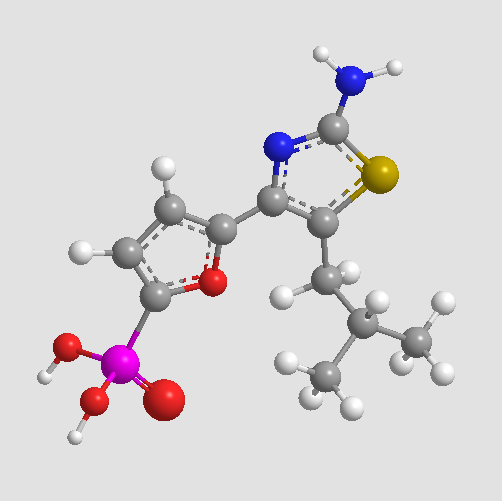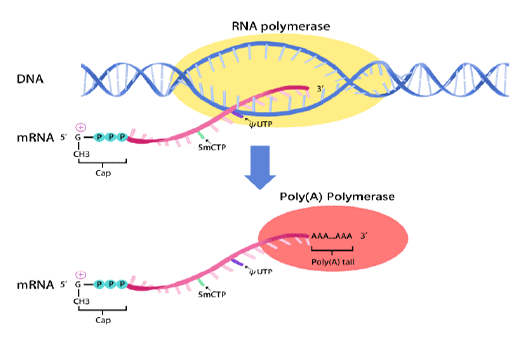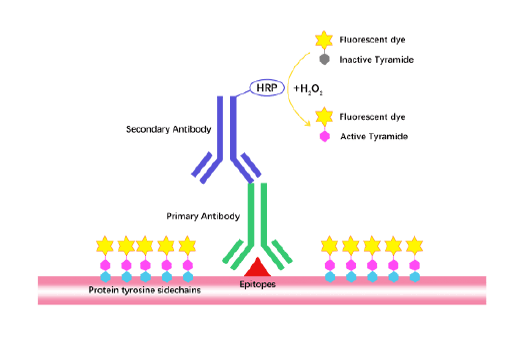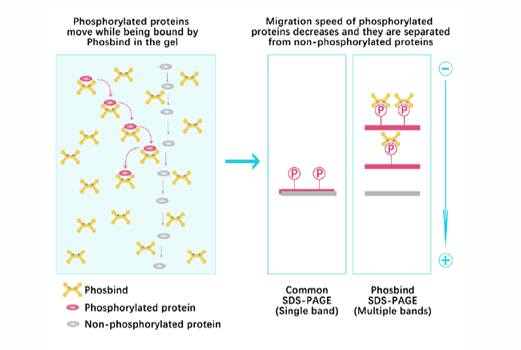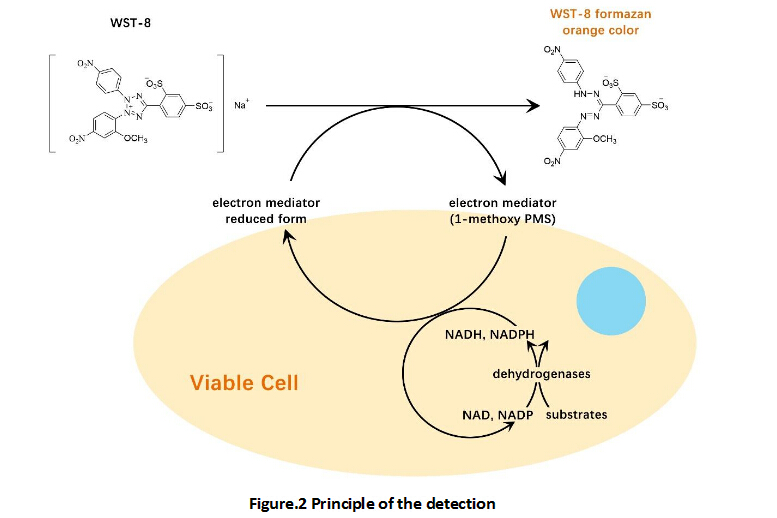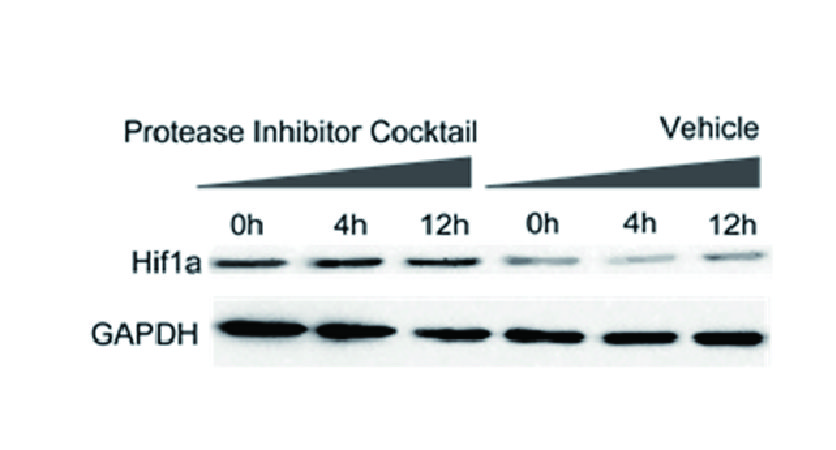MB05032
MB05032 is a potent and selective GNG inhibitor targeted the AMP binding site of fructose 1,6-bisphosphatase (FBPase) with an IC50 value of 16 nM [1].Gluconeogenesis (GNG) is a metabolic pathway which could result in the generation of glucose from certain non-carbohydratecarbon substrates.
In vitro: MB06322 inhibited glucose synthesis by human hepatocytes over a narrow concentration range with full inhibition achieved at 1 μM in a concentration-dependent manner [2]. MB05032 inhibited human liver FBPase with a potency (IC50 of 16 ± 1.5 nM) significantly greater than the natural inhibitor, AMP (IC50 of 1 μM), and the most well characterized AMP mimetic, ZMP (IC50of 12 ± 1.4 μM). MB05032 inhibited rat FBPase 3-fold weaker (IC50 of 61 ± 4 nM) than human FBPase, whereas AMP was 20-fold weaker as an inhibitor [1]. In islet β-cells,inhibition of FBPase activity by MB05032 led to a significant increase of their glucose utilization and cellular ATP to ADP ratios and consequently enhanced GSIS in vitro [2].
In vivo: In male ZDF rats, oral administration of MB06322 resulted in dose-dependent inhibition of [14C]bicarbonate incorporation into glucose. Maximal GNG inhibition (≈80%) is achieved at 100–300 mg/kg MB06322. In MB06322-treated rats, intermediates upstream of FBPase WERE elevated 1.5- to 3.1-fold relative to vehicle-treated mice. MB06322 treatment also resulted in elevated lactate levels (79%) only in aged ZDF rats. [2]. Oral administration of MB06322 to young (8–9 weeks old) ZDF rats with mild diabetes (basal insulin levels of 7.7 ± 0.7 ng/ml) and aged (12–13 weeks) ZDF rats with overt diabetes (basal insulin levels of 0.65 ± 0.16 ng/ml) lowered the level of glucose in a dose-dependent manner [1]. The dose–dependent response is relatively steep, with 6–10 mg/kg and 30–100 mg/kg being the approximate doses associated with minimal and maximal activity, respectively. After drug administration 2.5–5 h, glucose lowering occurs rapidly with maximal effects [1].
References:
[1] Erion M D, van Poelje P D, Dang Q, et al. MB06322 (CS-917): A potent and selective inhibitor of fructose 1, 6-bisphosphatase for controlling gluconeogenesis in type 2 diabetes[J]. Proceedings of the National Academy of Sciences, 2005, 102(22): 7970-7975.
[2] Zhang Y, Xie Z, Zhou G, et al. Fructose-1, 6-bisphosphatase regulates glucose-stimulated insulin secretion of mouse pancreatic β-cells[J]. Endocrinology, 2010, 151(10): 4688-4695.
| Storage | Store at -20°C |
| M.Wt | 302.29 |
| Cas No. | 261365-11-1 |
| Formula | C11H15N2O4PS |
| Synonyms | MB-05032;MB05032 |
| Solubility | Soluble in DMSO |
| Chemical Name | (5-(2-amino-5-isobutylthiazol-4-yl)furan-2-yl)phosphonic acid |
| SDF | Download SDF |
| Canonical SMILES | CC(C)Cc1c(-c([o]2)ccc2P(O)(O)=O)nc(N)[s]1 |
| Shipping Condition | Small Molecules with Blue Ice, Modified Nucleotides with Dry Ice. |
| General tips | We do not recommend long-term storage for the solution, please use it up soon. |
| Kinase experiment [1]: | |
|
Binding assays |
Fructose 1,6-bisphosphatase (FBPase) activity was measured spectrophotometrically in reactions that coupled the production of fructose 6-phosphate to the reduction of NADP+. AMP-activated protein kinase (rat liver) was assayed by using the peptide substrate SAMS according to the supplier’s instructions. AMP deaminase (porcine heart) was purified and assayed as described in ref. 21. Glycogen phosphorylase (rabbit muscle), phosphofructokinase (rabbit liver), and adenylate kinase (rabbit muscle) were assayed as described in refs. Kinetic parameters were calculated by means of four-parameter logistics regression with use of SIGMAPLOT 2000 software. |
| Cell experiment [1]: | |
|
Cell lines |
rat and human hepatocytes |
|
Preparation method |
This compound is soluble in DMSO. General tips for obtaining a higher concentration: Please warm the tube at 37℃ for 10 minutes and/or shake it in the ultrasonic bath for a while. Stock solution can be stored below -20℃ for several months. |
|
Reacting condition |
0.001-100 μM; 15-30 min |
|
Applications |
In rat and human hepatocytes, MB05032 concentration-dependently inhibited glucose production from all common GNG precursors. Relative to MB06322, MB05032 was a 5- and 226-fold less potent inhibitor of glucose synthesis by rat and human hepatocytes, respectively. |
|
References: [1] Erion M D, van Poelje P D, Dang Q, et al. MB06322 (CS-917): A potent and selective inhibitor of fructose 1, 6-bisphosphatase for controlling gluconeogenesis in type 2 diabetes[J]. Proceedings of the National Academy of Sciences, 2005, 102(22): 7970-7975. |
|
Quality Control & MSDS
- View current batch:
-
Purity = 98.00%
- COA (Certificate Of Analysis)
- MSDS (Material Safety Data Sheet)
- Datasheet
Chemical structure

Related Biological Data
